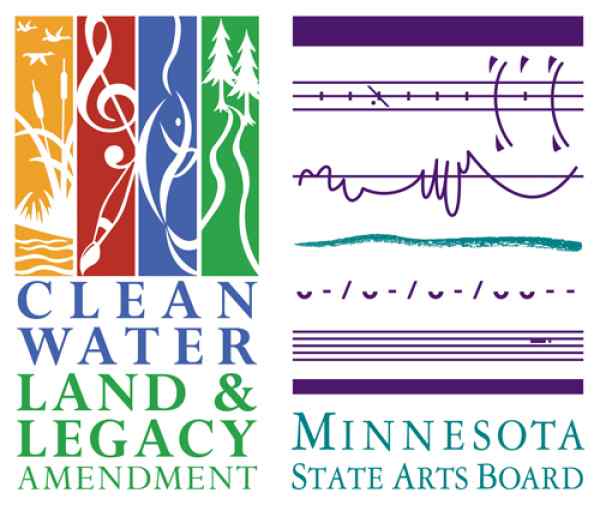The Creative Space: Art Creates New Ways for People with Memory Loss to Express Themselves
Art Whisperer is what my painters sometimes call me.
As Artist in Residence at Wilder’s Adult Day Health program, I participate in art class as the professional studio and social practice art instructor. My painters are people who are experiencing memory or cognitive loss. My biggest goal for the program, which I have named “In A New Voice,” is to move past the word loss, and create new ways that people with memory loss can fall back in love with themselves.
I have always felt that art should be freed from its stereotype of elitism and unburdened of the notion that it requires “genius” to create. Combining that with my own experience, I have always known that art and medicine needed to be put together in some essential way. It seems that as soon as someone is assessed with a memory loss, the word “loss” becomes the focus, and it forces the terrifying question “Is this the end of ME?” The pain and urgency of that question is felt by all the people involved: the “patient,” the caregiver, healthcare professionals, the public – and the goal becomes how to reverse or cure the problem.
Defying Expectations
From my vantage, we can take a new position. We can recognize that the person with memory loss is still here and affirm who they are in the present – still a phenomenal collection of perceptions, memories, opinions, inside jokes – and the very human desire to express them. The practice I have built with my colleagues at Wilder Adult Day Health involves art class on Tuesdays and Wednesdays, eight artists per class. We work in a designated studio, with good materials, with a weekly rotation giving us participation of 32 painters each month. We work for an hour and half each session.
The involvement and concentration of the painters defies the expectation that people with Alzheimer's have attention troubles. Their desire for mastery and their presence in the moment seems to dissolve the time limit. Some days they just don’t want to quit.
The Creative Space
I call what we do work, and I don’t mean the “gotta get cash” kind of work. I mean that kind of work that one experiences as: You are home in that space of flow, conquest, frustration, mastery, completeness. You are safely lost in a timeless self, and you cannot stop—you can feel that this is connected to meaning in your life.
Everyone, if given a chance, can recognize this kind of work for themselves—it might be baking, it might be planning a skyscraper, it might be chopping wood, it might be singing or painting. Sometimes it’s called “my real work.”
It is the Creative Space. Some of us call it a sacred space, the space between your head, face, heart, mind, and down your arms to your hands as they unfold the energy of your thoughts and ideas. That roundish body space seems like a vessel, a nest, a lap, and can make you whole for a time and connect you to the largeness of all. That is where we try to go in our art class.
Sandra Menefee Taylor is Artist in Residence at Wilder’s Adult Day Health program. Artwork from participants in Menefee Taylor’s Adult Day Health classes is now on display at Form+Content Gallery. The exhibit, “I’m Here: Art in the Service of Memory,” is open to the public Thursday–Saturday, 12–6:00 p.m. until August 12. Form+Content Gallery is at 212 N. Second St., Minneapolis, Minn.

